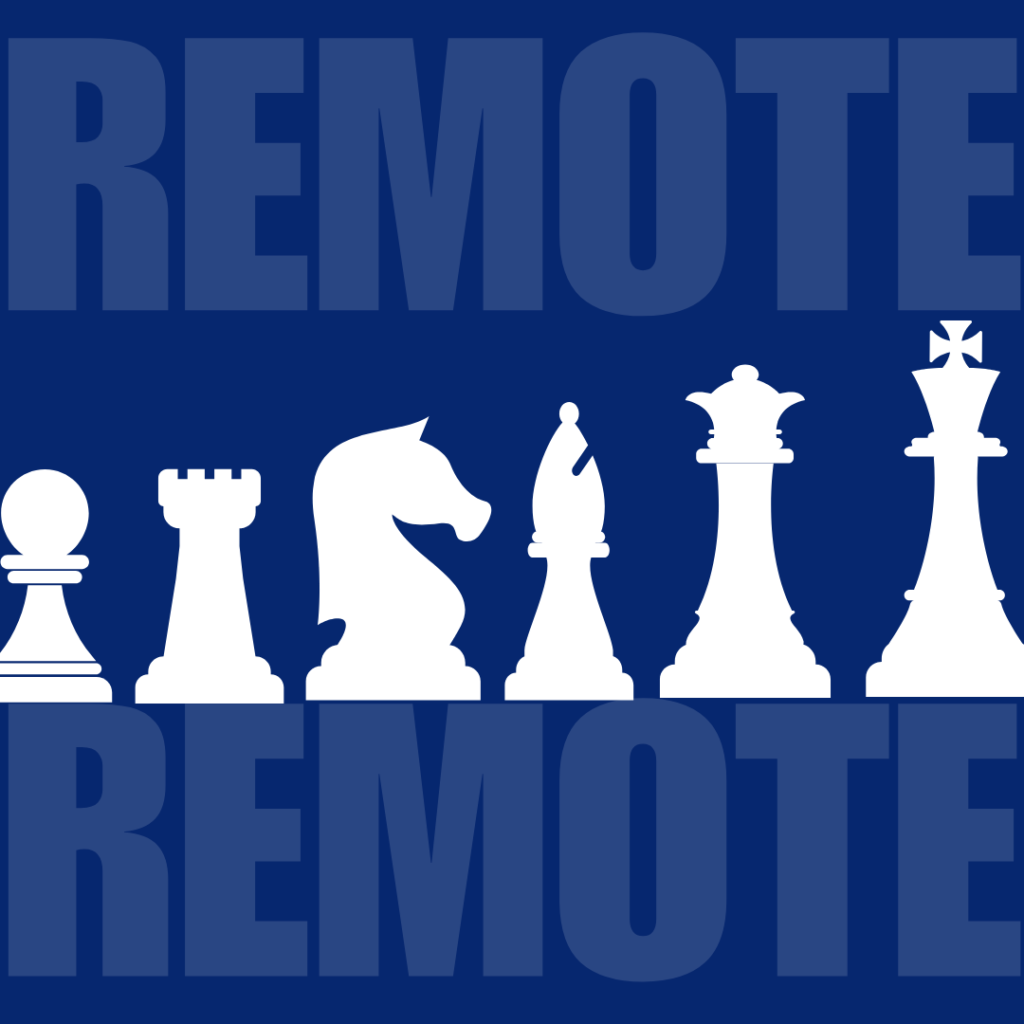
Letting People Go the Right Way: Honest Offboarding Without Reputation Damage
No one likes letting people go. It’s hard, emotional, and full of tension. But how you handle offboarding speaks louder than any company values page. It’s not just about ending contracts — it’s about how you treat people at their most vulnerable moment.
Let’s talk honestly about the right way to do it. Without the fake smiles. Without the cold scripts.
Offboarding Starts Long Before the Goodbye
Most people think offboarding begins when the decision to part ways is made. That’s not true. It starts much earlier — with culture, transparency, and leadership habits.
If feedback is rare, communication vague, and expectations blurry, any dismissal will feel like betrayal. But if your people know where they stand, offboarding feels more like closing a chapter than falling off a cliff.
Build a culture where regular check-ins, honest feedback, and clear goals are the norm. Then even tough decisions will feel fair.
Exit Interviews Are Not Just Formality
You don’t need a Google Form with ten boring questions. You need a conversation. Real, human, and without pressure.
Ask the person how they felt working with you. What could’ve been better. What made them stay too long or leave too soon. Don’t just collect answers — listen and reflect.
Sometimes exit interviews are full of frustration. That’s okay. Let people speak freely. You don’t have to agree, but you do need to care. Because how you handle truth says more than your goodbye email ever will.
Support Doesn’t End After the Farewell
A great offboarding includes real help for what comes next. That could be a warm reference, a LinkedIn shoutout, or even career advice. It doesn’t cost much — but it means the world to someone in transition.
If the exit was painful, your respect still matters. Even silence can be kind. A quick message after a month to check in says, “You weren’t just an FTE. You were a person.”
People remember how they were treated at the end. They talk about it. And those stories shape your employer brand more than any PR campaign.
Don’t Protect the Company — Protect the Human
HR sometimes falls into a defensive mode. Let’s write everything down. Keep it clean. Avoid drama. Sure, some legal basics are needed. But when that becomes your only goal, you lose the human part.
Letting someone go should never be a surprise. It should never be humiliating. And it should never feel like they’re being erased.
If you can’t give them a future inside the company, at least give them a respectful ending. That’s the bare minimum. And honestly? It’s what defines the real culture you’ve built.

